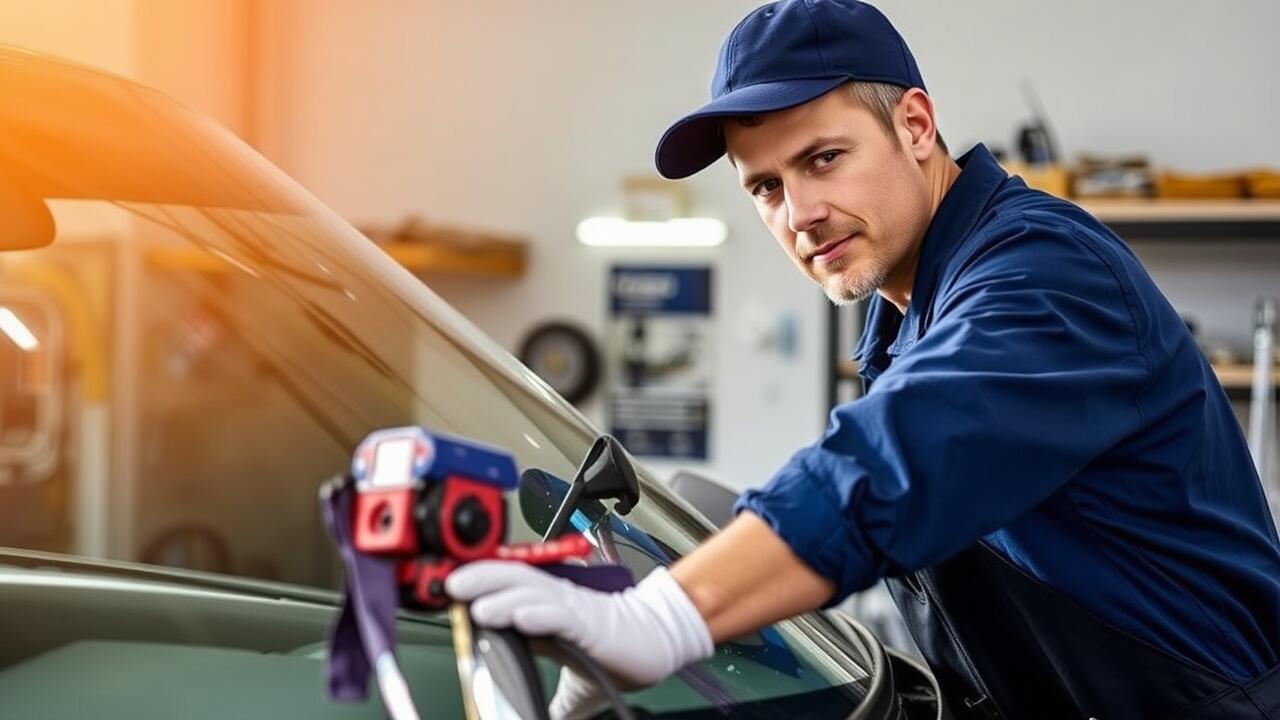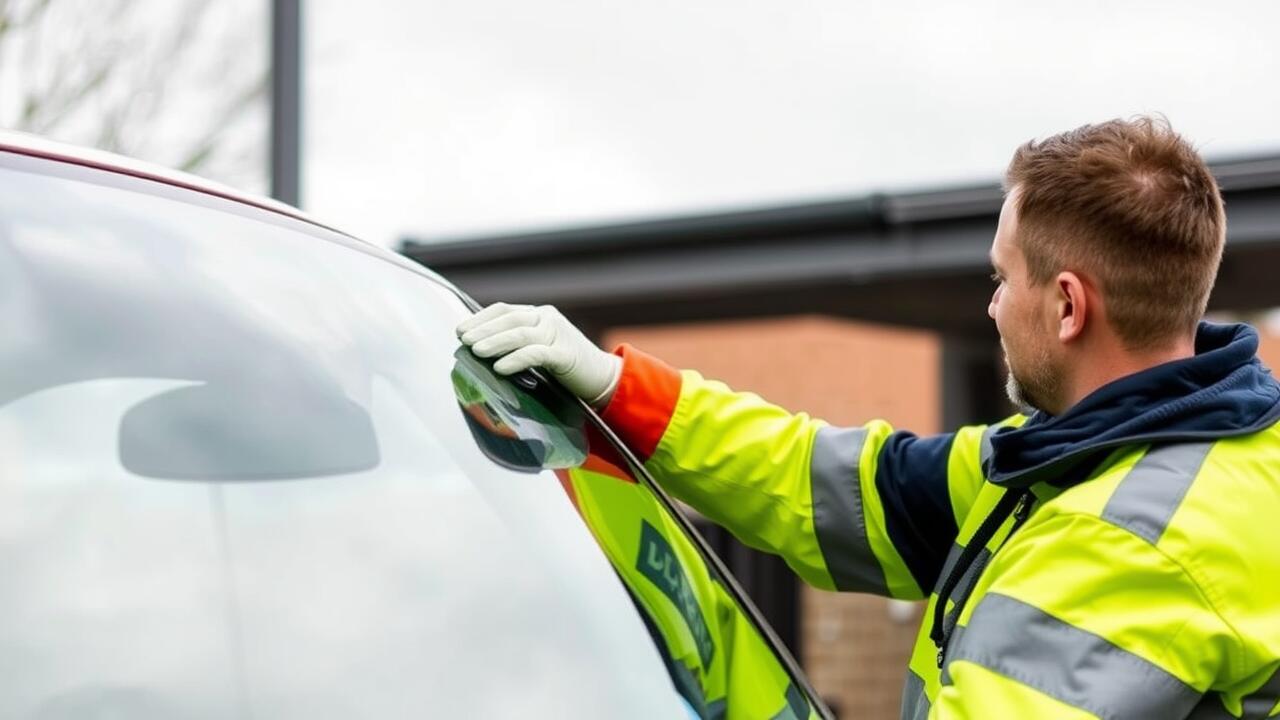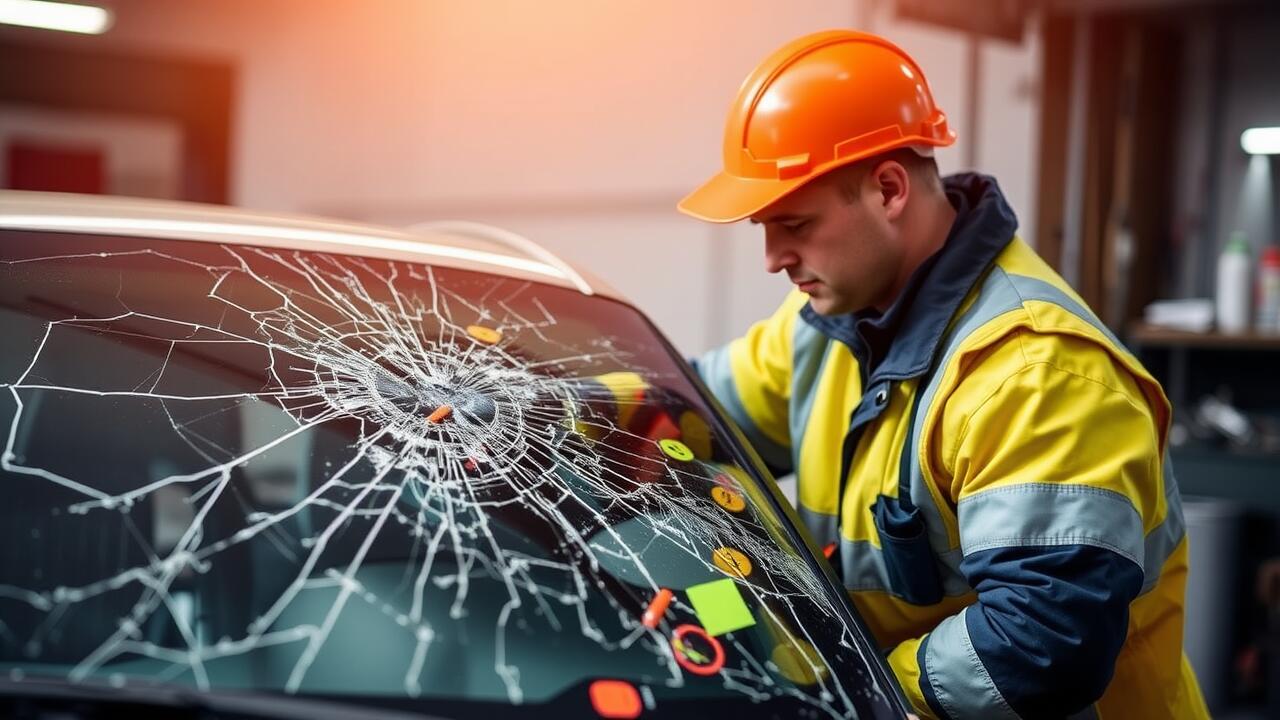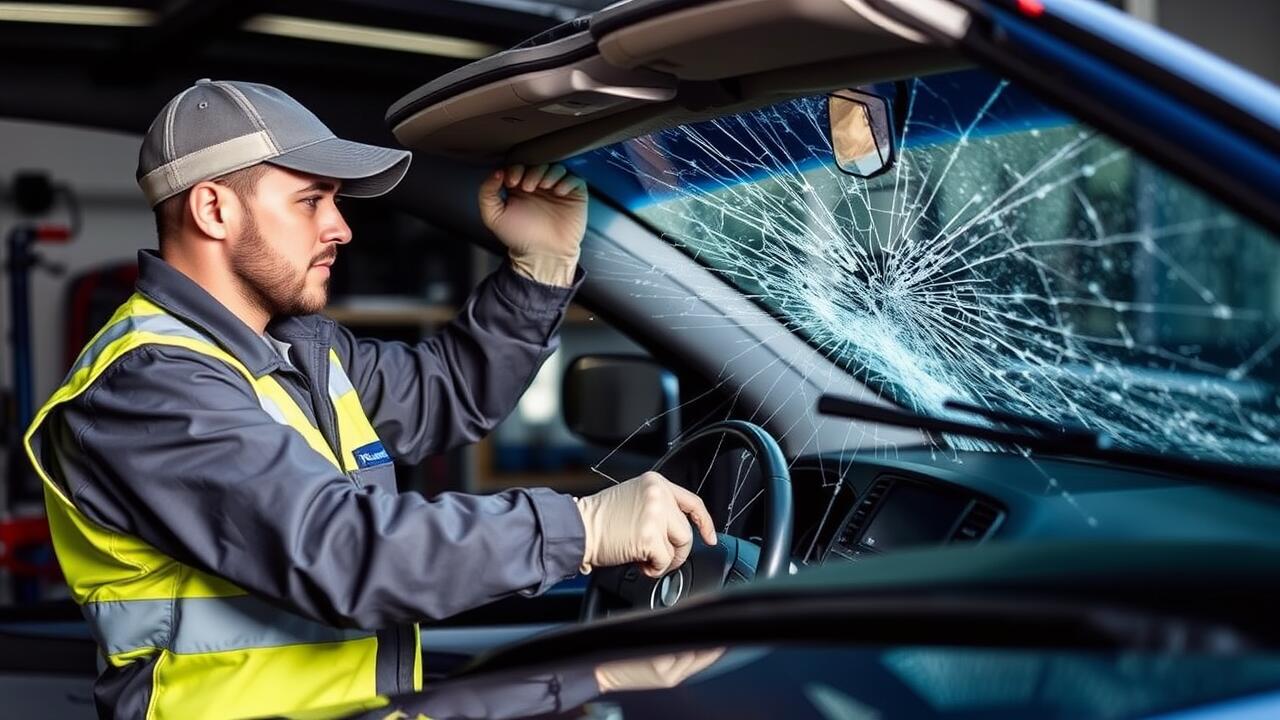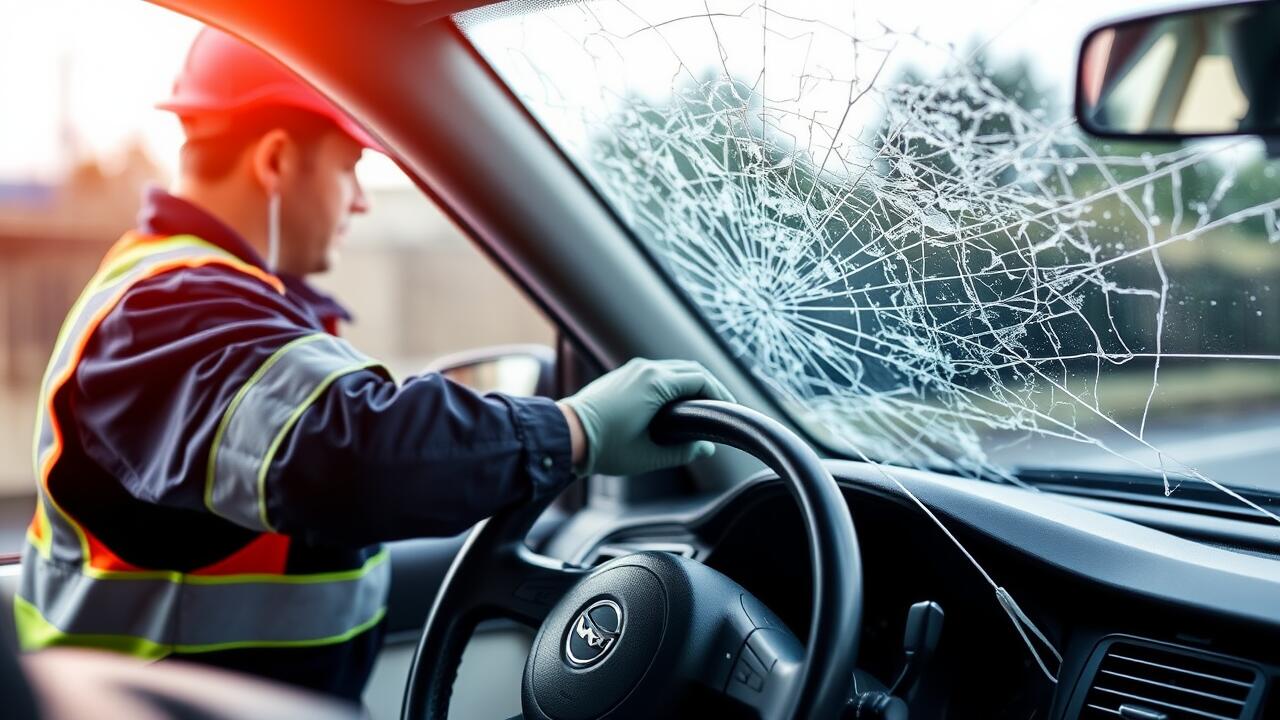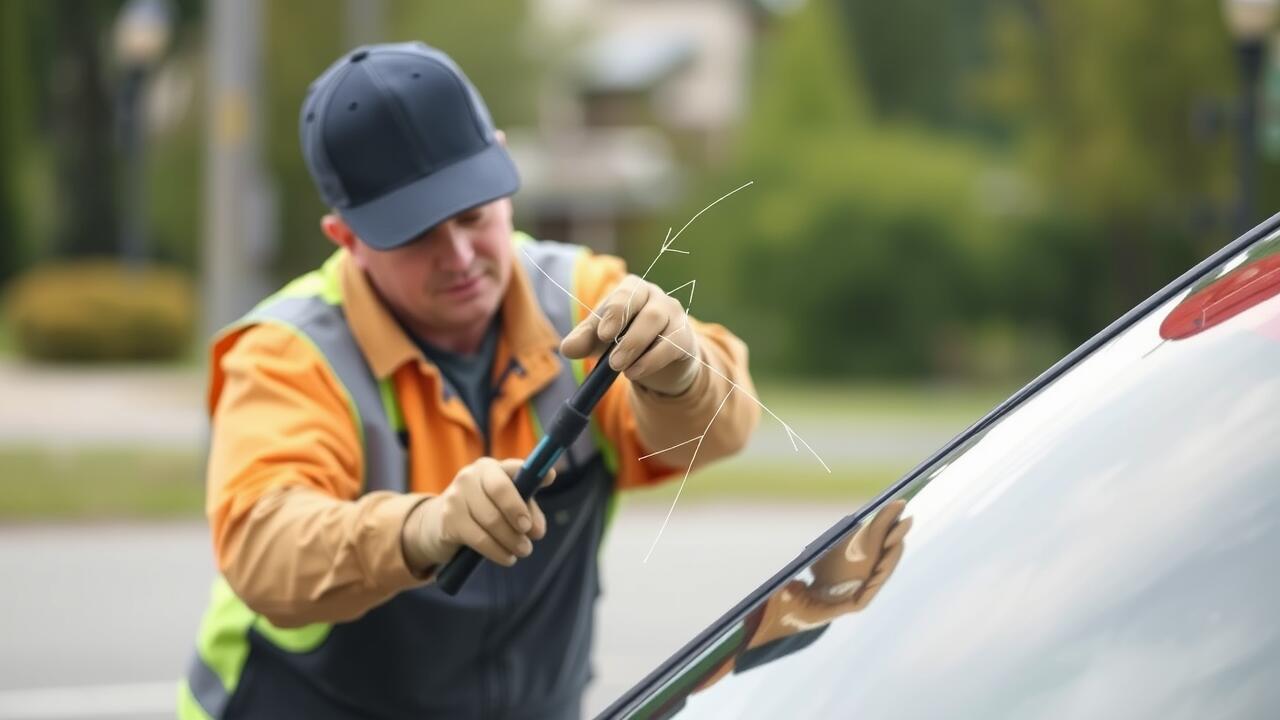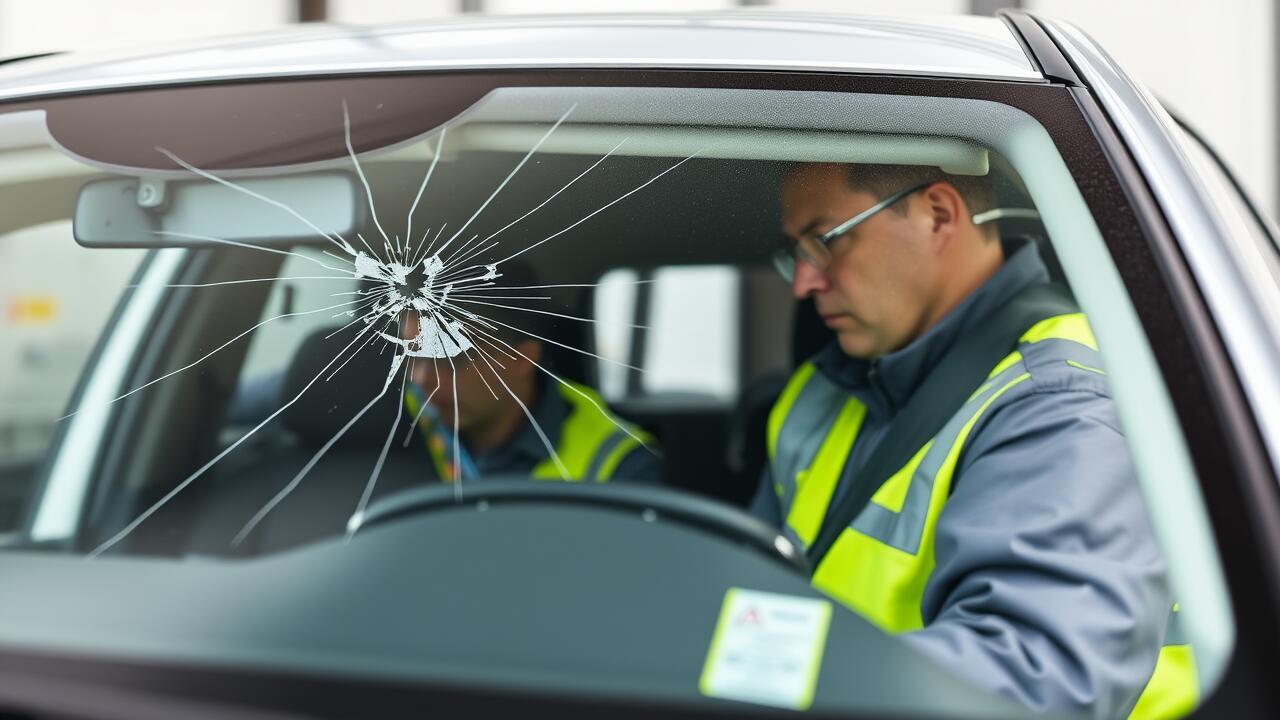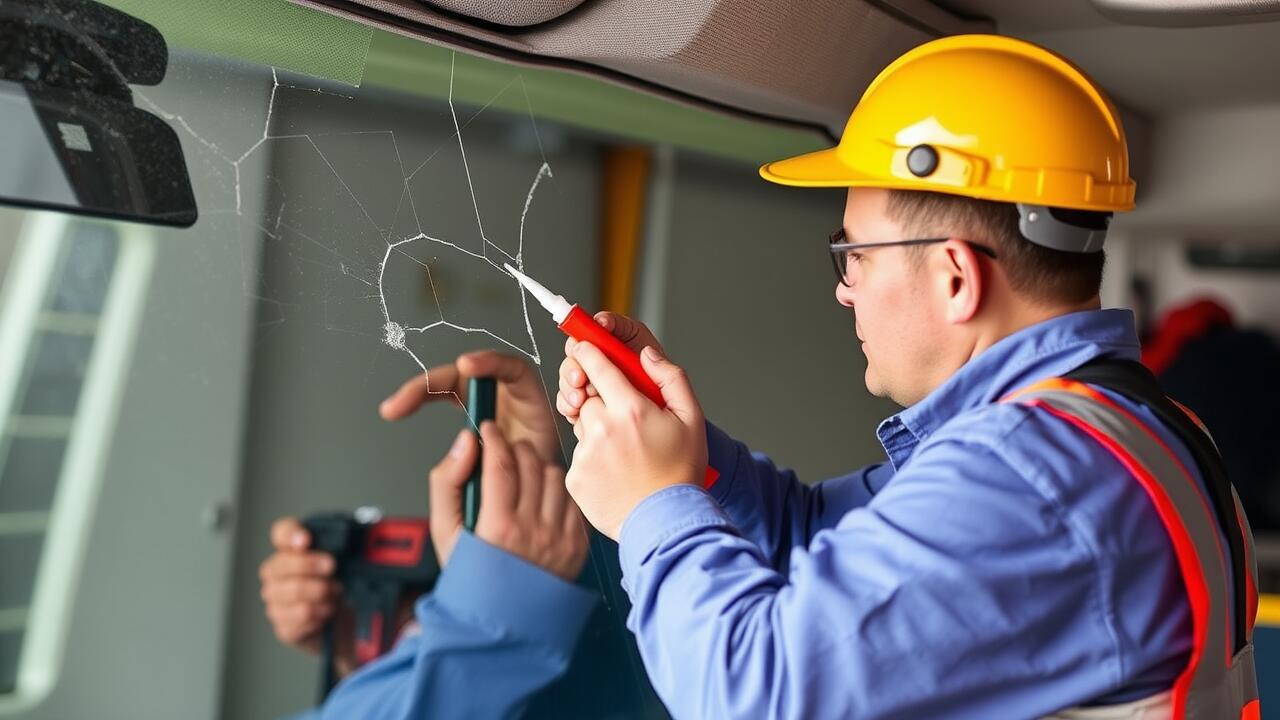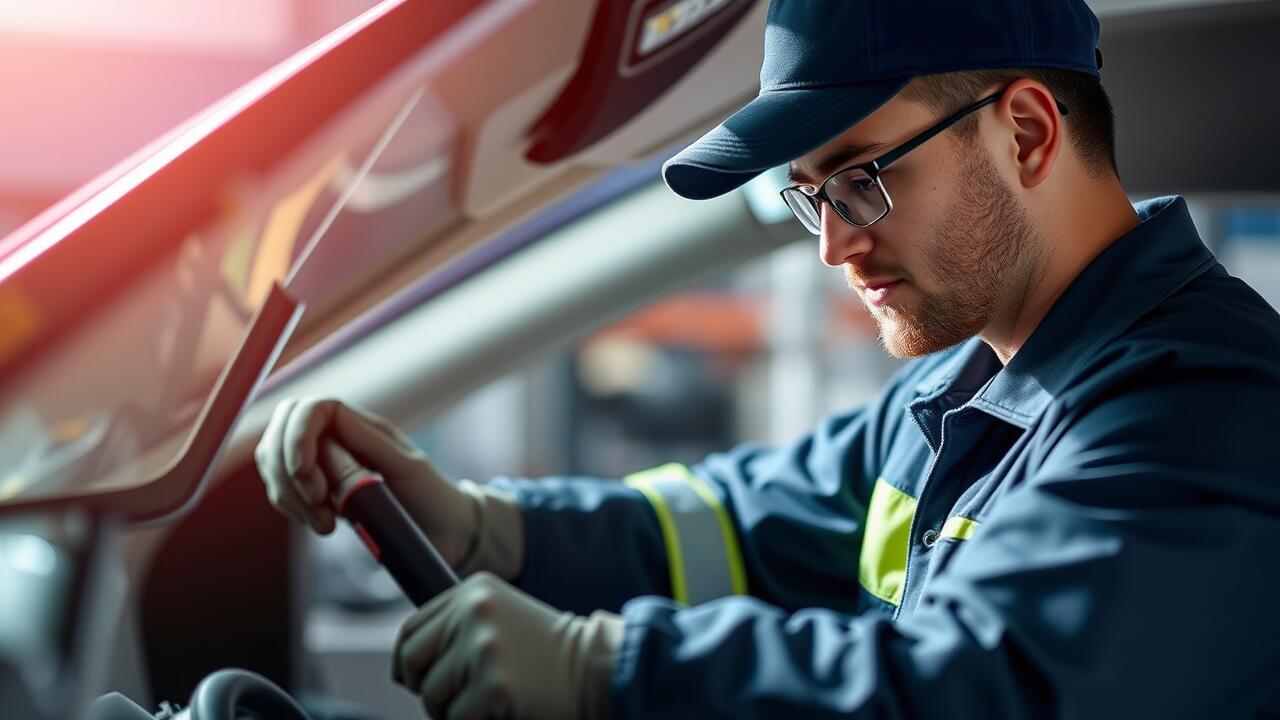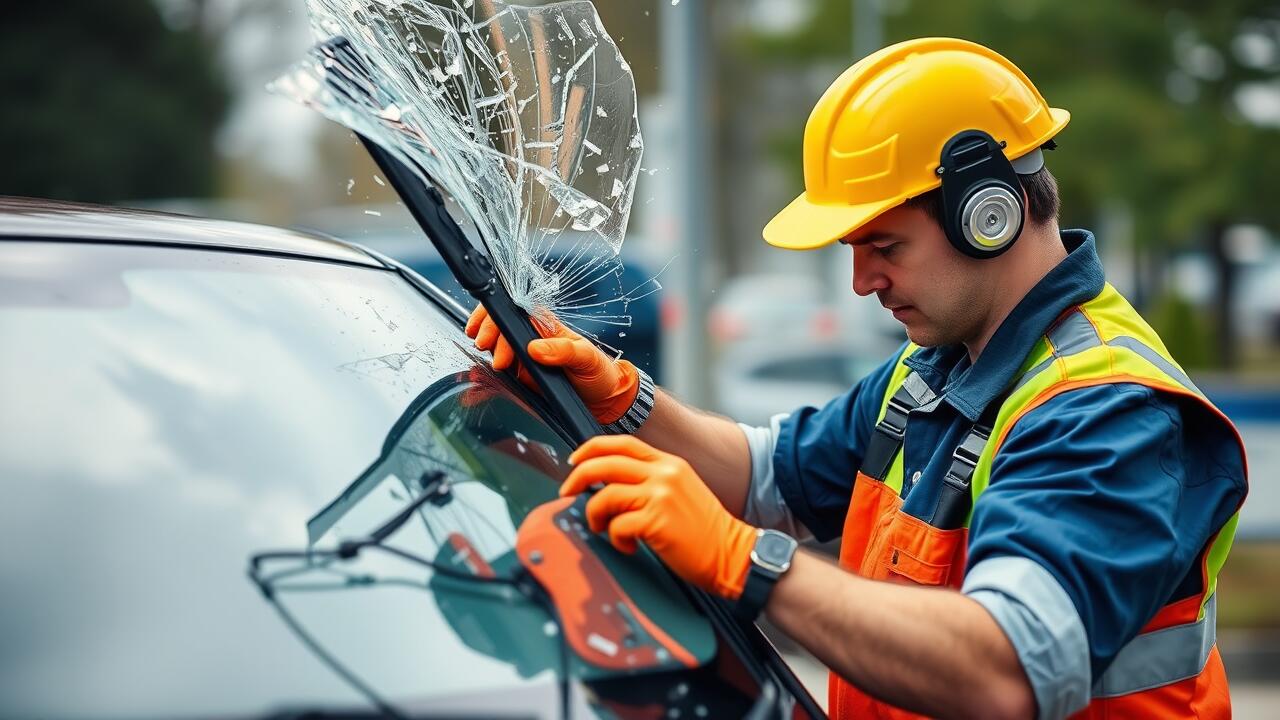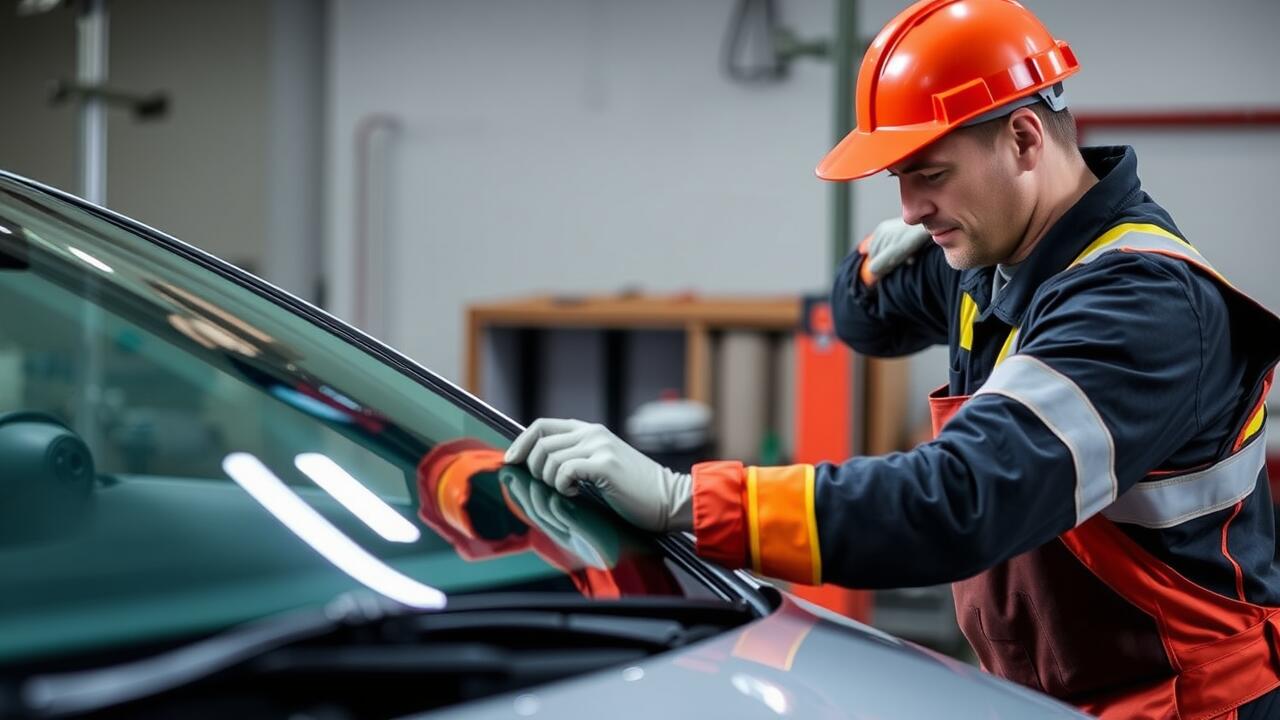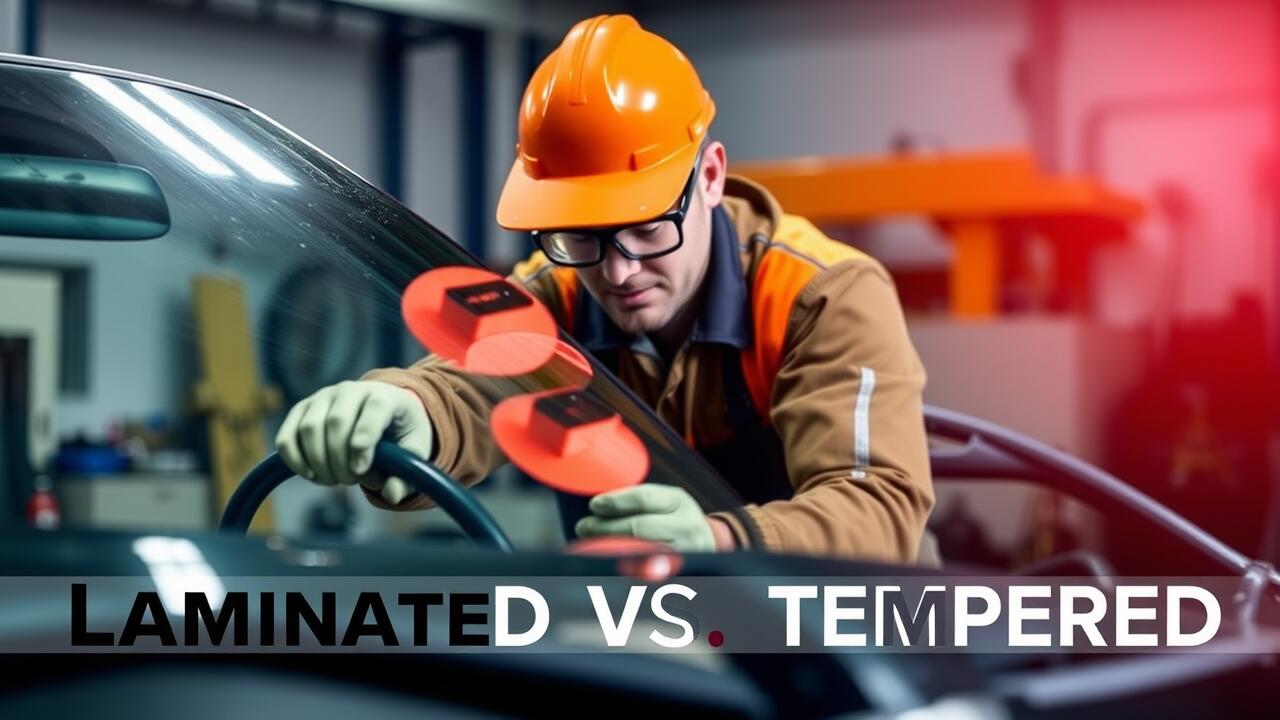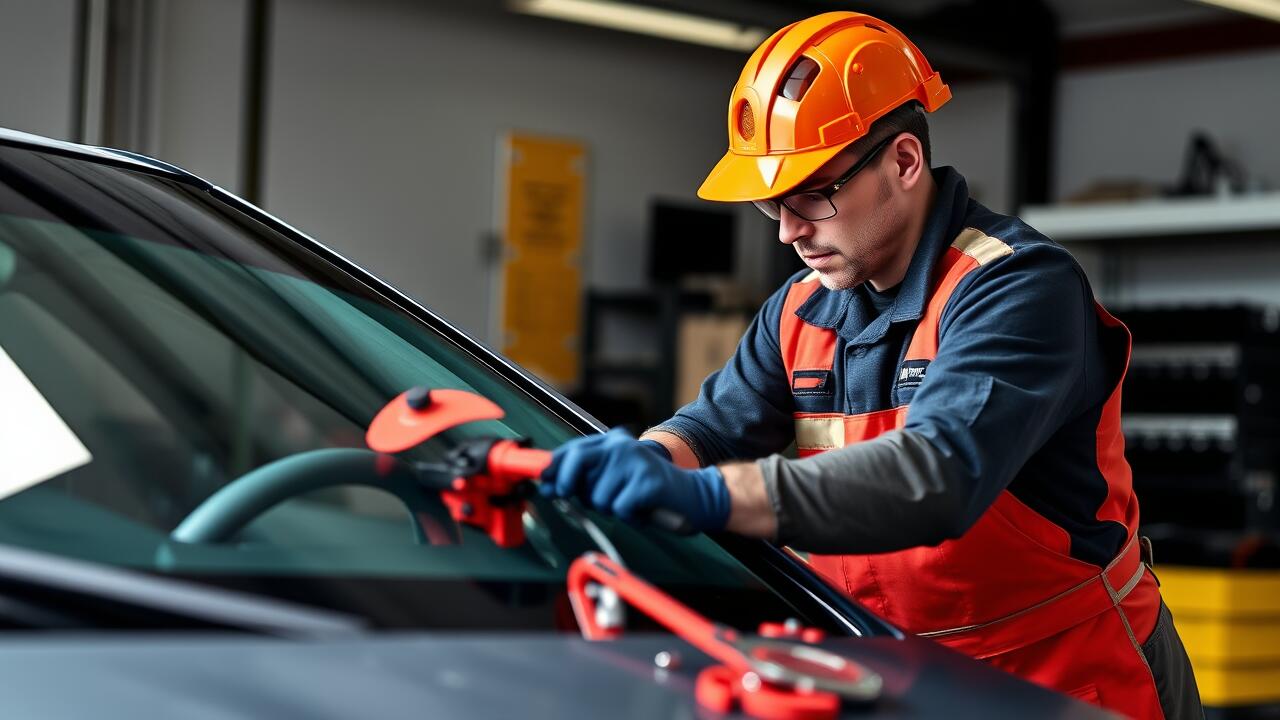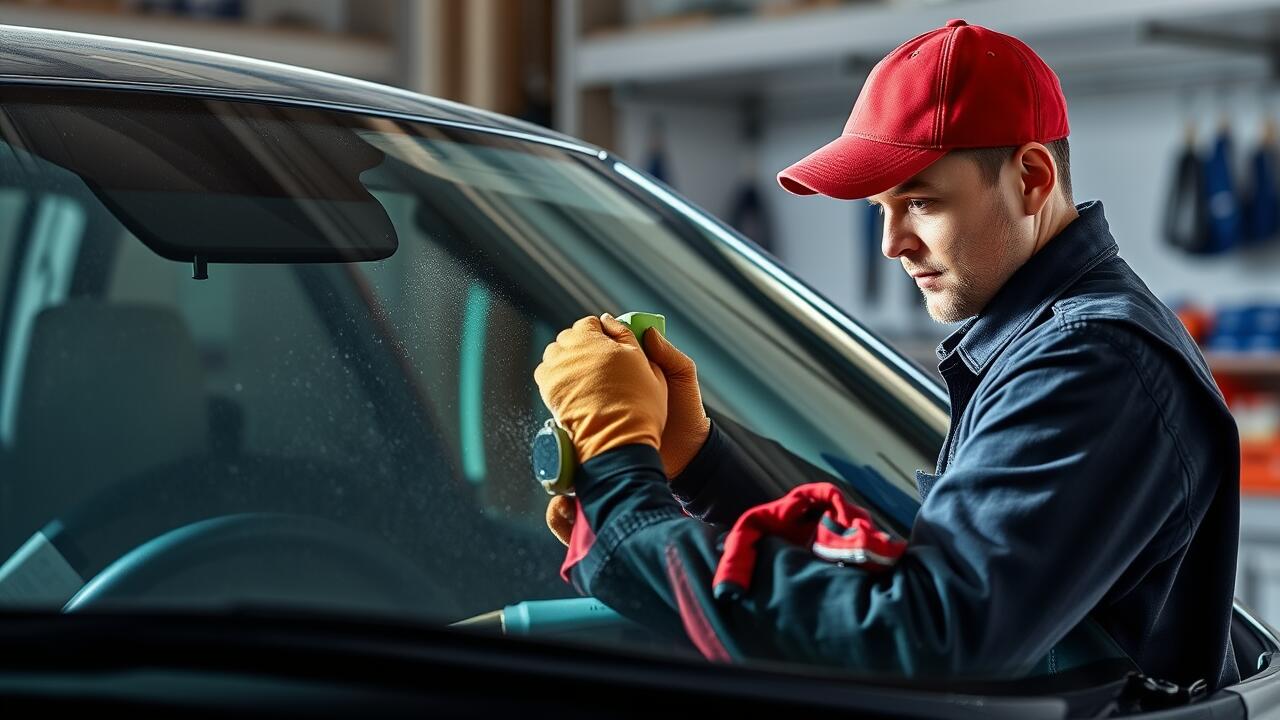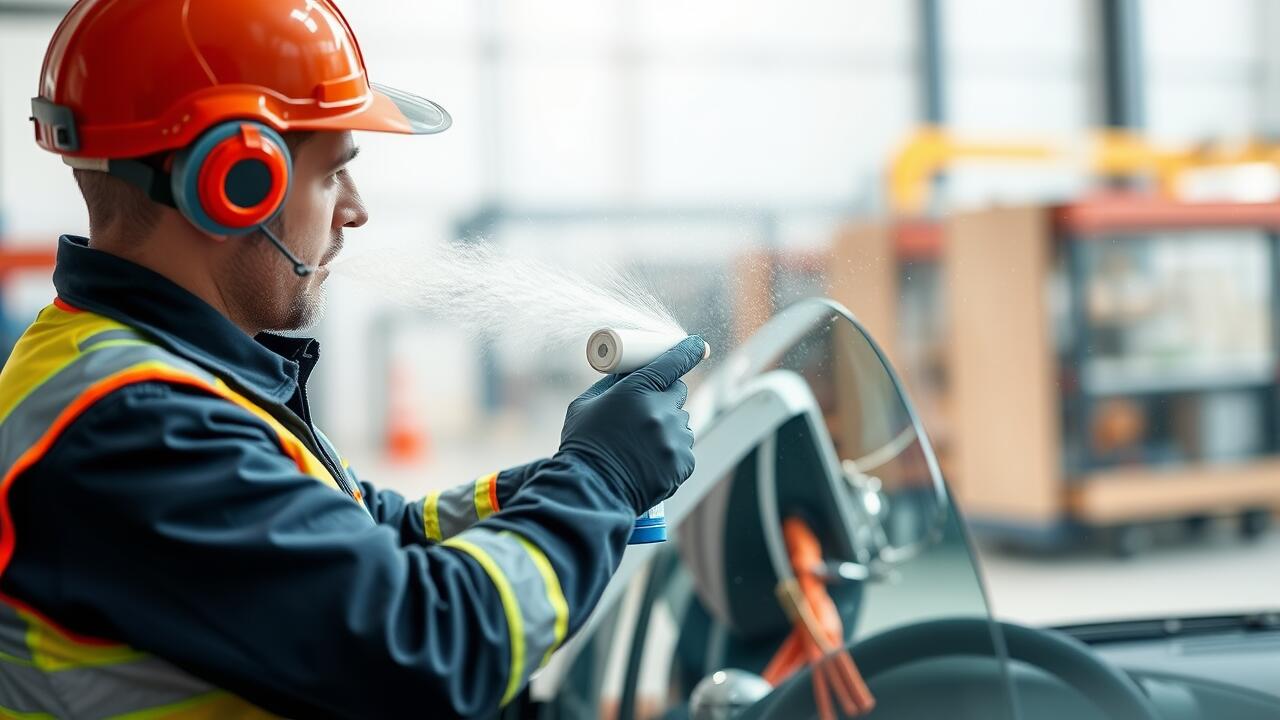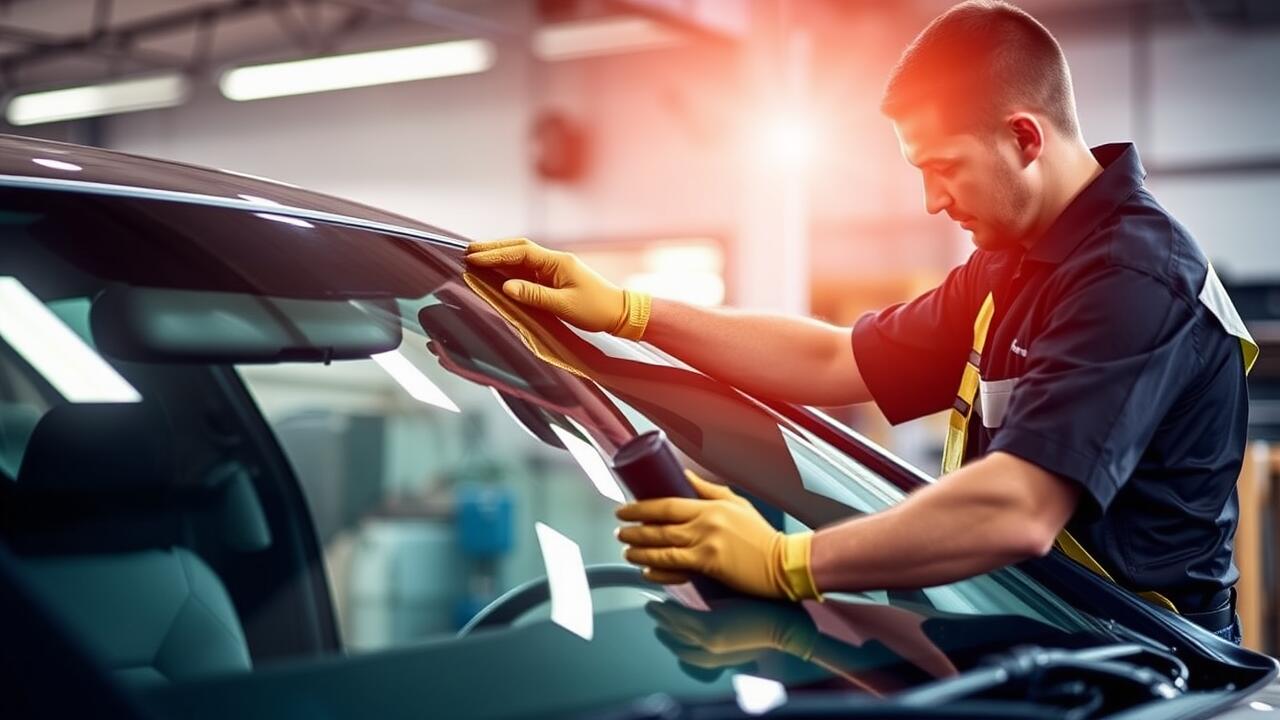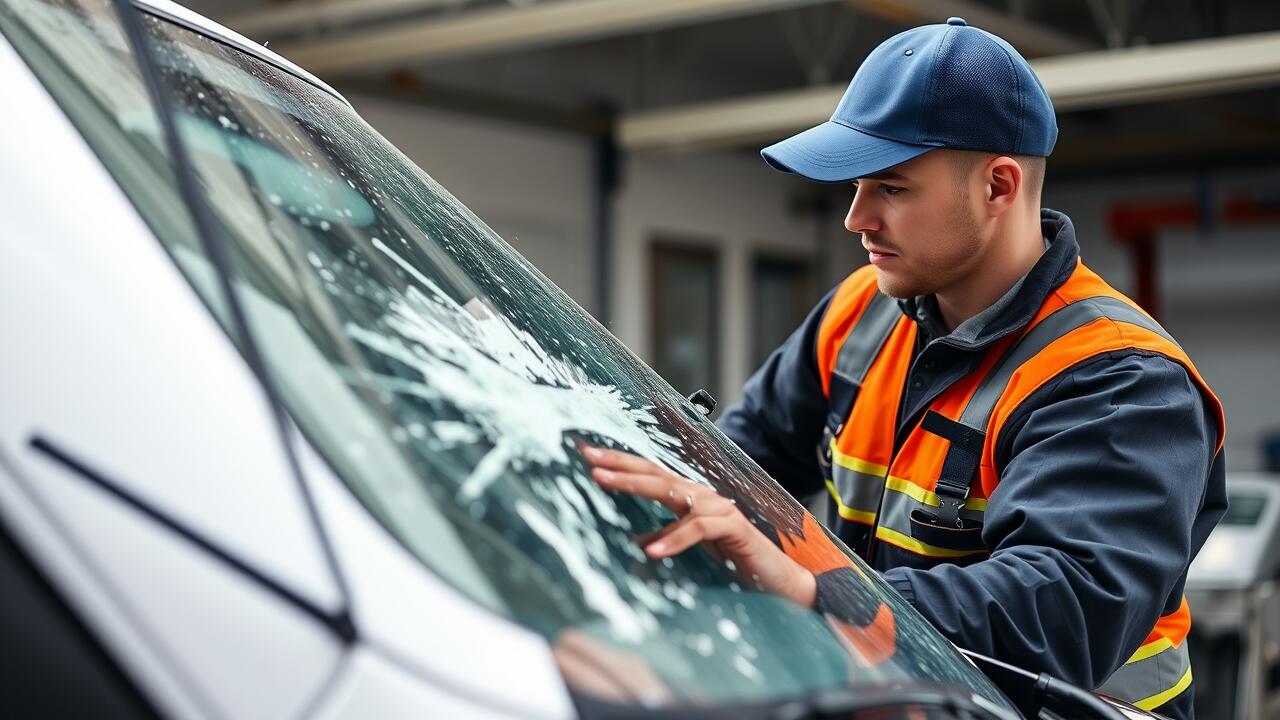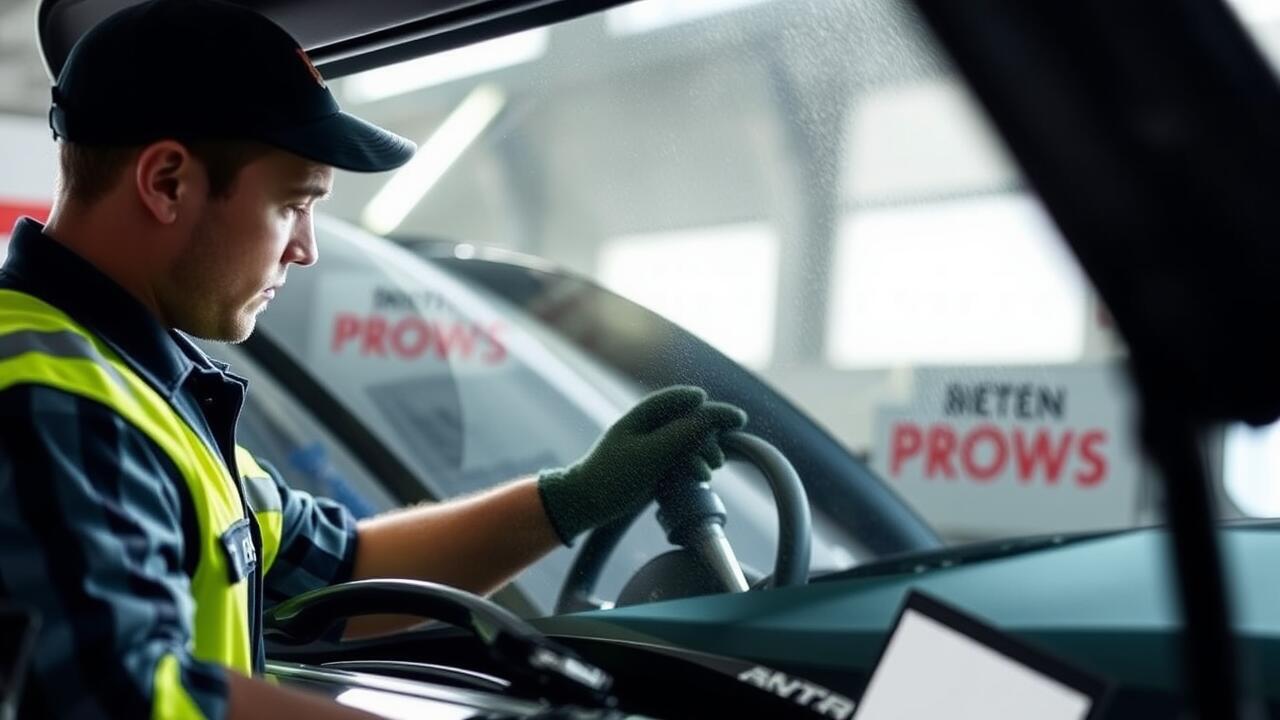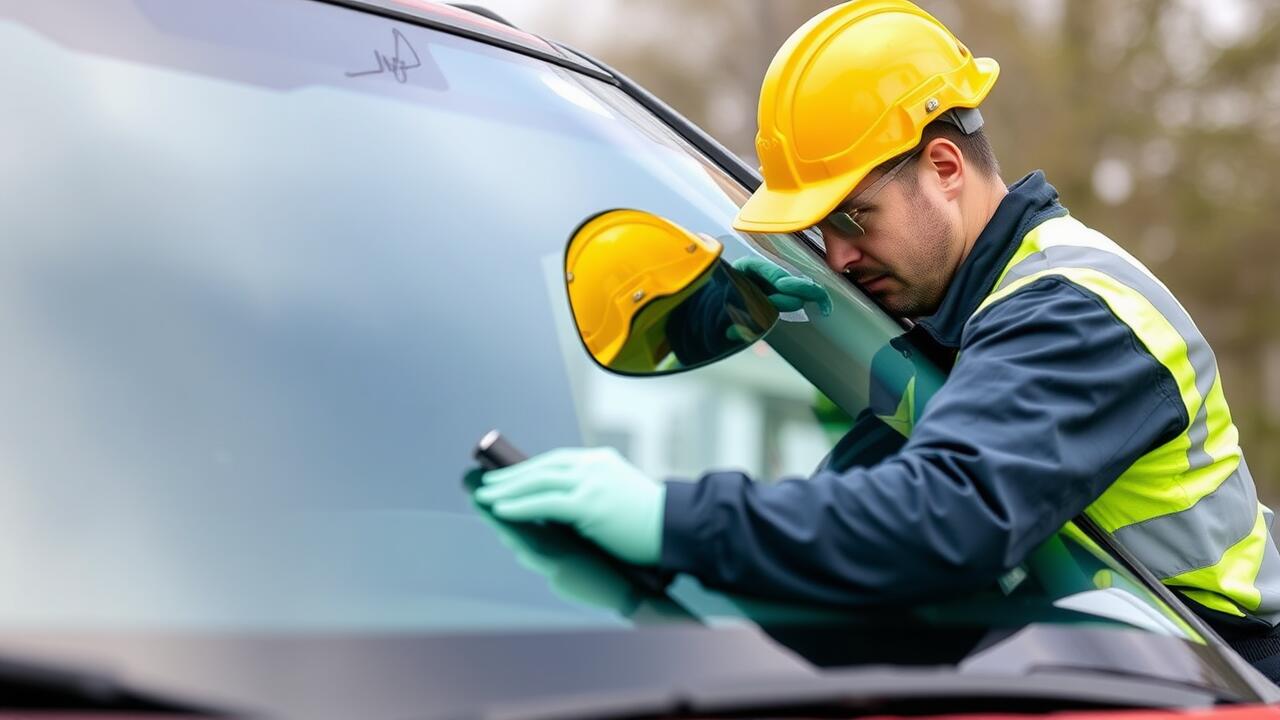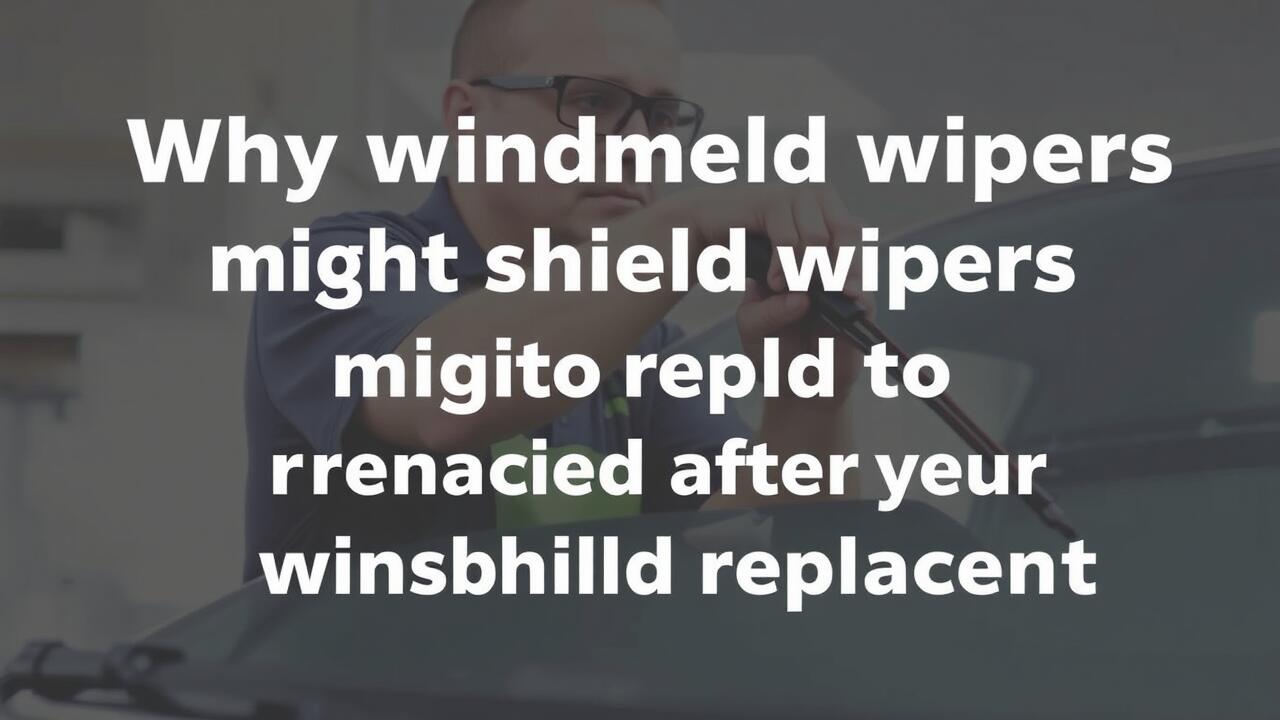
Table Of Contents
DIY vs. Professional Repairs
When considering repairs for small chips in your windshield, the choice between DIY solutions and professional services is crucial. Many car owners may feel inclined to tackle minor damage themselves, especially with numerous kits available in stores. These kits promise a quick fix and can be convenient. However, improper application can lead to larger issues, costing more in the long run. A poorly repaired chip might eventually require full windshield replacement, negating any savings from a DIY approach.
On the other hand, opting for professional repairs often guarantees a more effective solution. Experienced technicians have specialized tools and training that ensure a correct fix for the chip. They can also assess the overall condition of the windshield to determine if further action is needed. While professional services may come at a higher initial cost, they can save you from the hassle and expenses associated with extensive damage, including potential windshield replacement.
Evaluating the Best Approach for Chip Repair
When faced with a chip in your windshield, the decision between DIY repairs and seeking professional help can be challenging. DIY kits available in stores may provide a temporary fix, but the effectiveness of these methods often varies. Many drivers overlook the potential risks associated with improperly repairing a windshield chip. A poorly executed DIY job can lead to more significant damage, necessitating a full windshield replacement, which is much more costly and time-consuming.
On the other hand, professional repair services typically offer guarantees on their work, ensuring that the chip is properly sealed and that the integrity of the windshield is maintained. Technicians are trained to evaluate the size and location of the chip and can often restore the windshield without the need for replacement. This can save time and money in the long run. Evaluating your specific situation, considering factors like damage size and personal comfort with repair techniques, is crucial in determining the best approach for chip repair.
Common Misconceptions About Windshield Chips
Many people believe that small chips in a windshield are merely cosmetic issues and do not require immediate attention. This misconception often leads to neglecting minor damages, resulting in more significant problems over time. As the integrity of the windshield diminishes, the risk of cracks spreading increases, which can ultimately necessitate costly Windshield Replacement. Addressing these chips promptly can help maintain the safety of the vehicle and prevent further deterioration.
Another common belief is that all windshield chips are too small to cause any serious harm. While minor chips may seem insignificant, they can quickly evolve into larger cracks under stress from temperature fluctuations or road vibrations. Ignoring even small chips can lead to complications, making repairs more difficult. This situation may result in the need for Windshield Replacement, which is not only expensive but also time-consuming. Taking action sooner can save both time and money in the long run.
Debunking Myths Surrounding Minor Damage
Many drivers believe that minor chips in their windshields are nothing to worry about. This notion often stems from the misconception that small damage will not lead to larger issues. In reality, even small chips can compromise the structural integrity of the windshield. These seemingly insignificant blemishes can expand due to temperature changes or even vibrations from driving, leading to the need for a complete windshield replacement.
Another common myth suggests that repairing minor chips is excessively expensive or unnecessary. Many people assume that they should only address the issue if it becomes a significant crack. Delaying repairs can lead to higher costs, especially when a chip develops into extensive damage. Addressing chips promptly with either DIY kits or professional help can prevent further complications and eliminate the greater expense of windshield replacement down the line.
The Repair Process Explained
The repair process for a windshield chip typically begins with a thorough inspection by a professional technician. They assess the size, location, and depth of the damage to determine if a repair is feasible or if windshield replacement is necessary. If the chip is small and not located directly in the driver's line of sight, repair is often possible. The technician will clean the area around the chip to prepare it for the process.
Once the area is prepped, a special resin is injected into the chip under pressure. This resin fills the damaged area and bonds with the glass, restoring structural integrity. The technician will then cure the resin, usually with the aid of UV light, to ensure a strong bond. If the chip is too large or extensive, replacement may be the only viable option to guarantee safety and visibility.
What to Expect During Professional Repair
During a professional repair, the technician will first assess the damage to determine if a chip can be adequately repaired or if windshield replacement is necessary. Often, the size, location, and type of chip play a critical role in this decision. A technician will clean the chip and surrounding area to ensure proper adhesion of the repair materials. This step is essential for a successful outcome and helps prevent further damage.
Once the initial assessment and cleaning are complete, a special resin is injected into the chip. This resin fills the void and bonds with the glass, restoring its structural integrity. After the resin is applied, it will typically be cured using ultraviolet light. The technician may perform additional polishing to ensure a smooth finish. At this point, if the damage is extensive, the technician may recommend windshield replacement instead of repair.
FAQS
Why is it important to address small chips in my windshield?
Small chips can lead to larger cracks over time, compromising the structural integrity of your windshield and increasing the risk of accidents.
Can I repair a chip in my windshield myself?
While DIY kits are available, professional repairs are often more effective and ensure a proper seal, preventing further damage.
How do I know if my windshield chip requires professional repair?
If the chip is larger than a quarter, located in the driver's line of sight, or showing signs of spreading, it's best to consult a professional.
What are some common misconceptions about windshield chip repairs?
Many people believe that small chips don’t need immediate attention or that they can wait until they become larger, both of which can lead to more extensive damage.
What can I expect during a professional windshield chip repair?
A professional repair typically involves cleaning the area, applying a specialized resin, and curing it to restore the windshield's strength and clarity. The process usually takes about 30 minutes to an hour.
